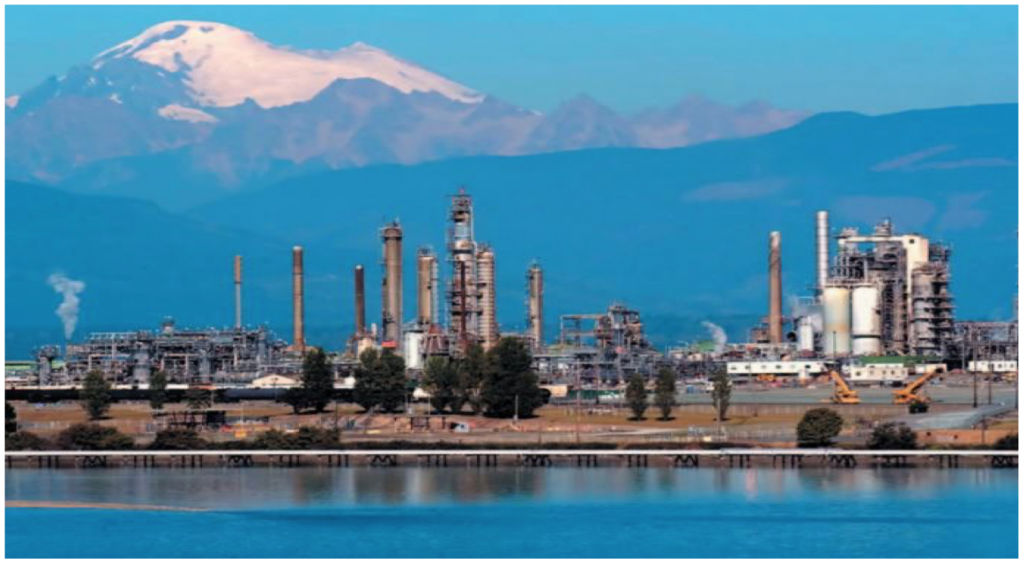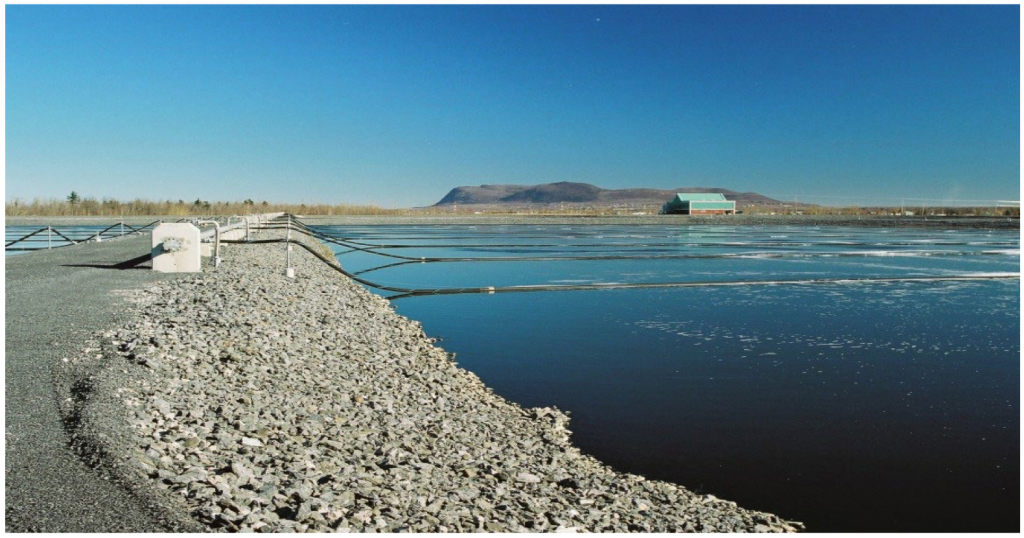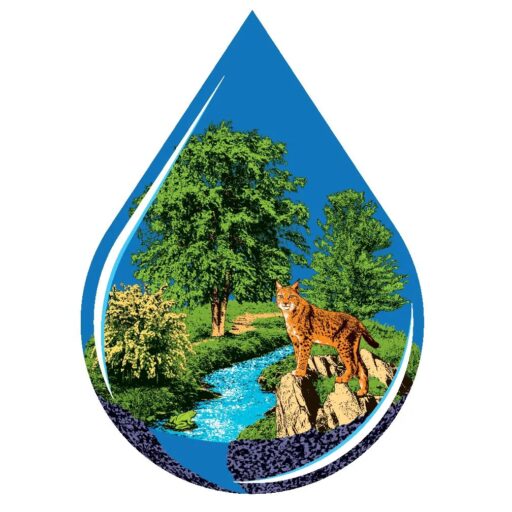Industrial WWTP 2.1 MGD
In need of a recovery plan for their wastewater treatment system, an industrial oil refinery in New Mexico used BioLynceus® to restart their biological treatment after a toxic hit. The refinery was processing 50,000 barrels of crude oil a day.
Toxicity was experienced in the system after foaming fire retardant was unexpectedly released at the refinery. The wastewater discharged to the lagoons following the event was contaminated with chemicals. The compounds in the flame retardant reacted with the dissolved oxygen (DO) in the treatment ponds which drastically decreased the oxygen availability for wastewater microbiology.
Because the DO levels were very low, the oxygen reliant biomass in the system was killed off.

Figure 1. Large oil refinery and adjacent treatment lagoon processing refinery wastewater flows (Retrieved from IPIECA, 2010).1 Operations Best Practice Series, London, UK. 2010.
Without a concentrated and functioning microbial population, the refinery wastewater was not properly processed in the aerated lagoons. Solids and refining residues began to build-up in the system. The lagoons were also covered in a thick oily film that produced unpleasant odors.
The refinery required bioaugmentation to restart biological processing in the aerated lagoons. BioLynceus® ProBiotic Scrubber® II (PBII) was used to augment the system. The product contained a concentrated and intentionally selected community of live wastewater microbiology.
The culture was administered in the first treatment lagoon to (1) increase wastewater processing biomass in the system and (2) improve solids and hydrocarbon removal.

Figure 2. Aerated wastewater lagoon treating oil refinery discharge. The lagoon developed a solids and hydrocarbon film from crude oilbyproducts in the refinery wastewater.
Within a week of treatment with PBII, the biomass regenerated in the system. This helped to reduce odors. Additionally, the oily foam layer on the lagoons was reduced.
The solids and hydrocarbon sludge that accumulated in the system began to degrade a few months after inoculation.
Bioaugmentation with PBII helped reinstate a healthy biomass in the lagoon system after a toxic chemical loading.
1 IPIECA (International Petroleum Industry Environmental Conservation Association). Petroleum Refining Water/Wastewater use and management.http://www.ipieca.org/resources/good-practice/petroleum-refining-water-wastewater-use-and-management/

